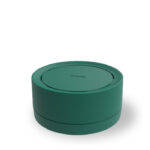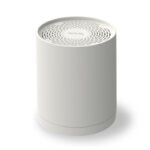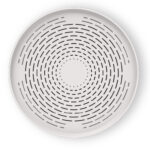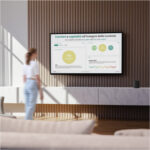Smart Building and Big Data: what are the benefits
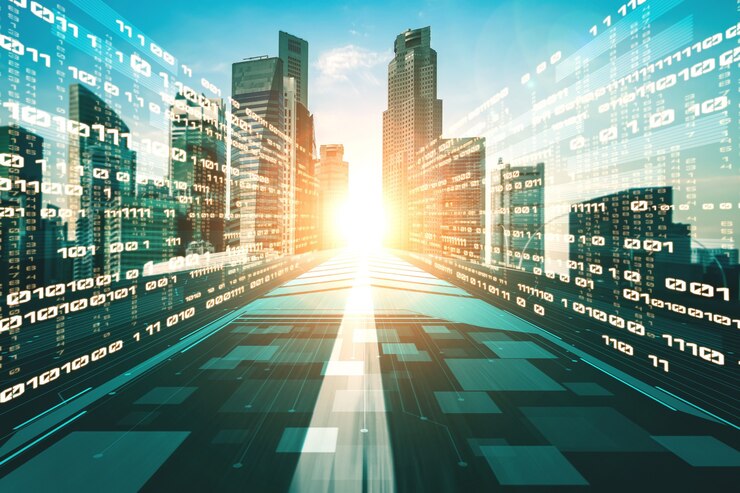
What is a smart building?
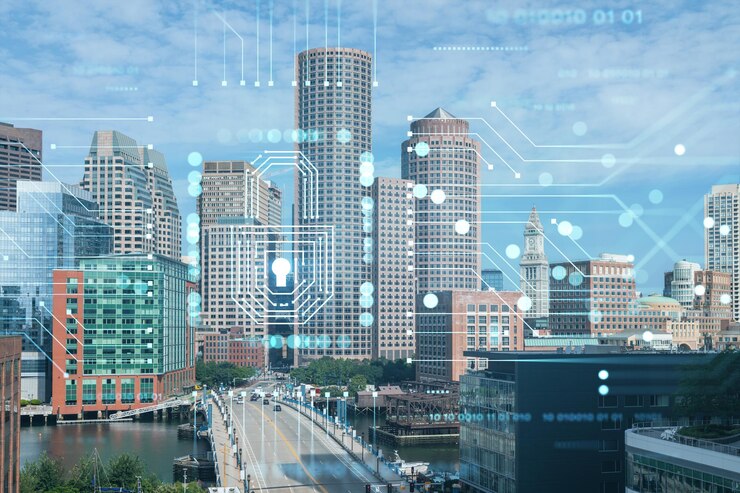
A Smart Building i.e., an intelligent building is a structure that can optimally manage energy and provide residents with the best possible comfort.
The Smart Building makes residents more aware of their consumption and the best way to reduce it.
This is done not only through the presence of environmentally sustainable energy systems but also through computer systems and sensors in the building that allow real-time management of consumption and energy.
Origins of smart building
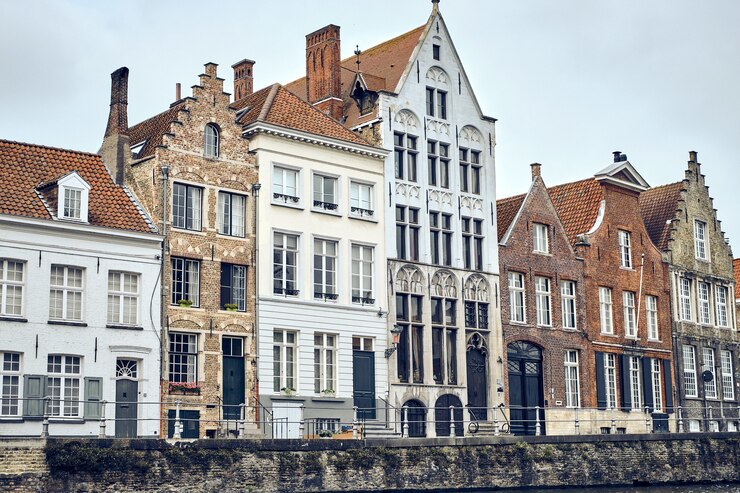
When people talk about a smart city, they think of a future innovation or a cutting-edge phenomenon, but this is not the case.
The first technologies related to efficiency and comfort in the building date back to the 17th century with Cornelis Drebbel, a Dutch engineer who was among the first promoters of the use of technology aimed at controlling and managing the behavior of other devices in the building.
In the 1980s the term “smart building” was first coined in the United States due to new computer-based control systems.
Over time and with the increasingly significant advent of computers and their evolution, smart building design began to grow exponentially. But the computerized control systems installed in buildings that monitor mechanical and electrical equipment were disconnected and automated at the level of individual operation.
Smart building today

Today’s Smart Building is characterized by a set of innovative technologies that allow different sensors within a building to communicate and interact with each other even remotely.
This innovative connection is able to link a variety of systems that originally operated independently, such as heating, air conditioning, lighting, and monitoring systems.
What are the advantages
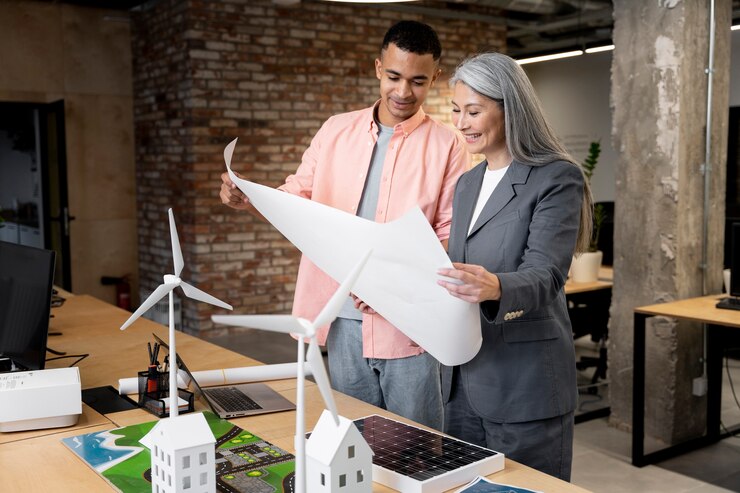
A smart building saves energy costs through the judicious use of utilities that are managed directly by the control systems in the building.
The first reason for the emergence of Smart Buildings is related precisely to energy efficiency.
Low-consumption buildings are needed, and Italy has introduced by law the obligation to build near-zero energy buildings, or nZEBs (near Zero Energy Building) as required at the time by Directive 31/2010/EU, implemented in Italy by Legislative Decree 192/2005.
Dedicated investments also stimulate the economy, particularly the construction industry, which generates about 9 percent of European GDP and directly accounts for 18 million direct jobs. SMEs benefit from a renovation market, contributing more than 70 percent of the value added in the EU construction sector.
Regenerating buildings, making them efficient thanks to technology could trigger considerable business potential, thinking that in Italy alone there are more than 14 million decades-old buildings that need to elevate their performance.
Thanks to the potential offered by a more flexible energy market, buildings, in addition to ensuring lower energy costs, will also allow for revenue generation by selling load reductions to the grid.
Examples of smart buildings around the world
RBC Waterpark Place – Toronto, Canada
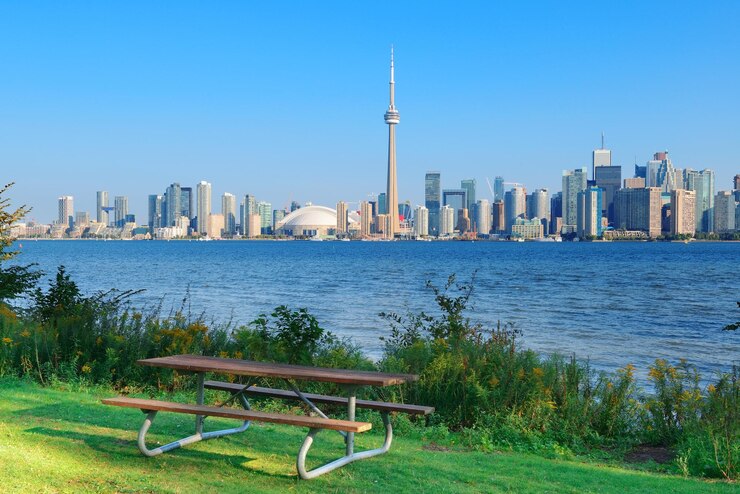
RBC Waterpark Place is located in Toronto, Canada and was built to increase productivity and employee satisfaction.
It went into operation in the year 2014 and is a concrete example of an enclosed environment where everything is connected.
The building helps its employees reach the elevator faster, feel the total strength of people in a conference room, and do simple things such as adjusting desk height, light, and temperature according to their individual preferences.
Glumac – Shangai, Cina

In Italy, interest in Smart Building is growing more and more, thanks mainly to exhibitions and events that raise awareness among businesses and citizens on the issues of energy efficiency and environmental sustainability combined with technological innovations.
Our country has invested and is continuing to invest in Smart Building.
This emerges from the Smart Building Report 2020 prepared by the Energy & Strategy Group of the Politecnico di Milano.
Italy in 2019 exceeded 8 billion euros in investments in Smart Building, including building technologies and energy generation and efficiency solutions.
A promising future is predicted for Smart Buildings, with the hope that similar solutions can soon be integrated into buildings intended for civilian housing.
The Edge -Amsterdam, Paesi Bassi
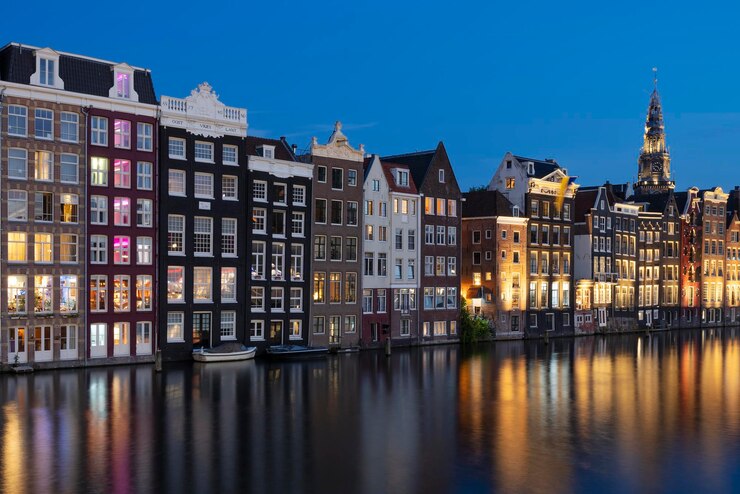
The Edge is located in Amsterdam and is considered one of the best examples of Smart Building in the world.
The facility, which houses the Dutch headquarters of Deloitte, is a prime example of a smart building in terms of both environmental impact and the level of connectivity of facilities.
There are more than 30,000 sensors in this building that can measure the occupancy of rooms and their lighting, humidity and temperature levels.
Another distinguishing feature of The Edge is the presence of highly efficient LED panels because they require such a small power flow that they are powered by the same cables used to connect to the Internet. The Edge also features 6,000 m2 of solar panels, located on the building’s facades and roof, which help meet the facility’s electrical supply.
The Crystal – London, United Kingdom

Located in London, The Crystal is considered one of the most sustainable buildings in the world.
It is a 100 percent electric Smart Building, and solar panels installed on the roof generate about 20 percent of its energy needs.
Energy consumption and emissions are fully monitored by an energy management system that controls all electrical and mechanical systems, such as lighting and air conditioning systems.
In terms of environmental impact, it is a facility that fully embraces the concept of eco-sustainability: its CO2 emissions, compared to buildings of the same size, are estimated to be about 70 percent lower.
Bosco Verticale – Milan, Italy
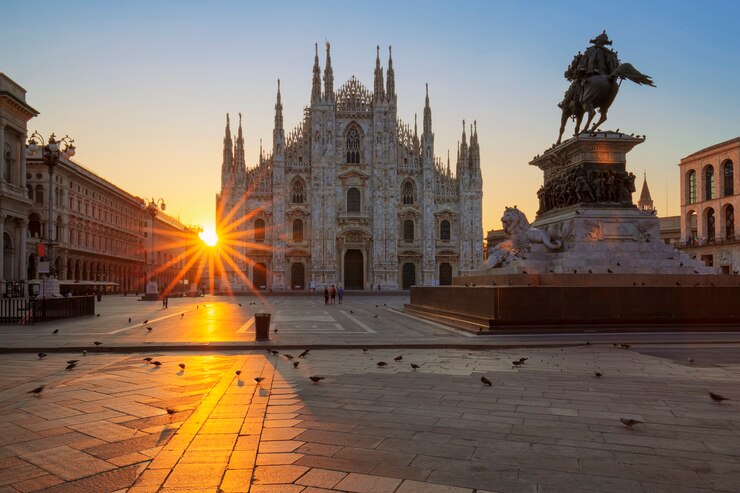
The exterior of Bosco Verticale in Milan is covered with more than 900 trees, 5,000 shrubs and 11,000 flowering plants covering 96,000 square meters of terraces.
The building’s trees and plants convert up to 44,000 kg of carbon each year.
Plant life is used to regulate temperatures in both winter and summer, protecting the interior from the sun and blocking strong winds.
Vegetation protects the building and its inhabitants from noise pollution and dust.
The structure is self-sufficient as renewable energy from solar panels and filtered wastewater are used to irrigate the building’s vegetation.
Bosco Verticale, thanks to these smart systems, has greatly reduced its overall waste and carbon footprint.
Smart building in Italy
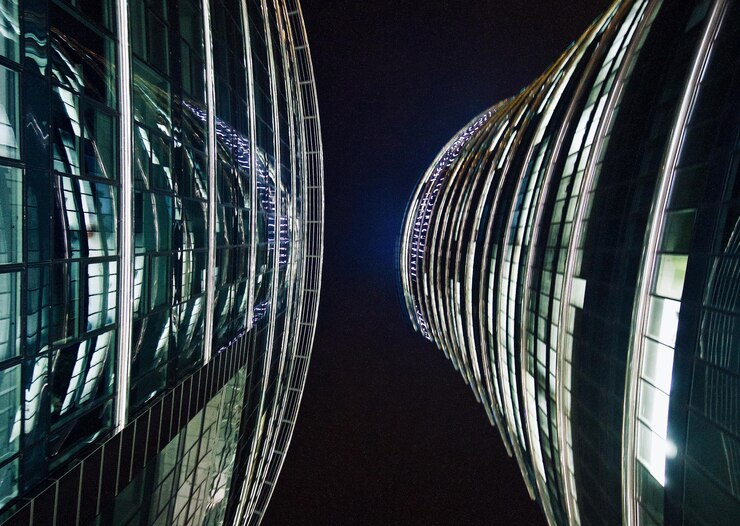
In Italy, interest in Smart Building is growing more and more, thanks mainly to exhibitions and events that raise awareness among businesses and citizens on the issues of energy efficiency and environmental sustainability combined with technological innovations.
Our country has invested and is continuing to invest in Smart Building.
This emerges from the Smart Building Report 2020 prepared by the Energy & Strategy Group of the Politecnico di Milano.
Italy in 2019 exceeded 8 billion euros in investments in Smart Building, including building technologies and energy generation and efficiency solutions.
A promising future is predicted for Smart Buildings, with the hope that similar solutions can soon be integrated into buildings intended for civilian housing.

